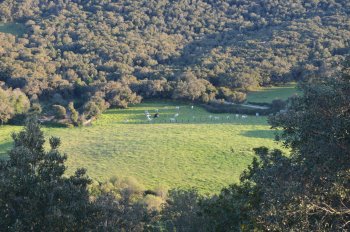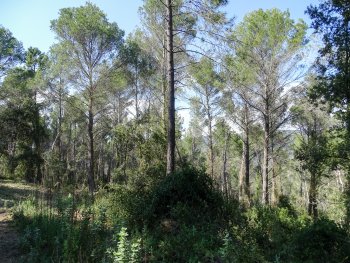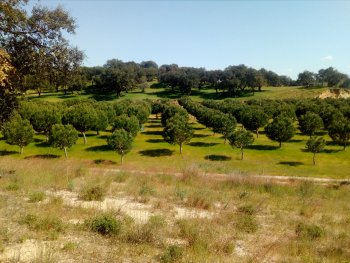Towards the economic valuation of ecosystem production from cork oak forests in Sardinia (Italy)
The study aimed at assessing the value and trade-offs of a number of ecosystem services associated to cork oak woodland management under different sylvicultural options in state-owned forests in Sardinia.



